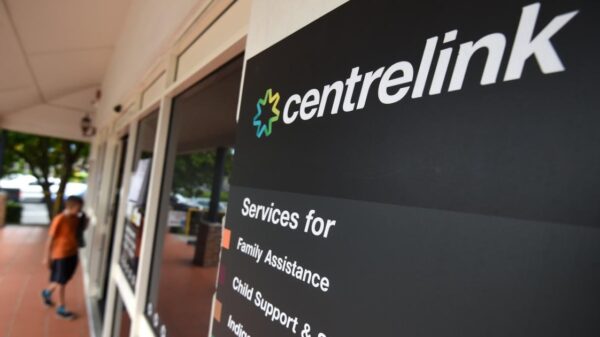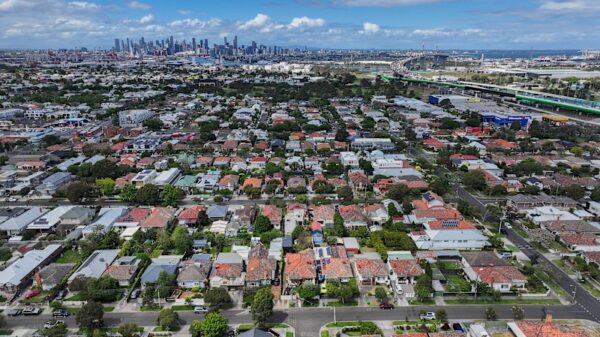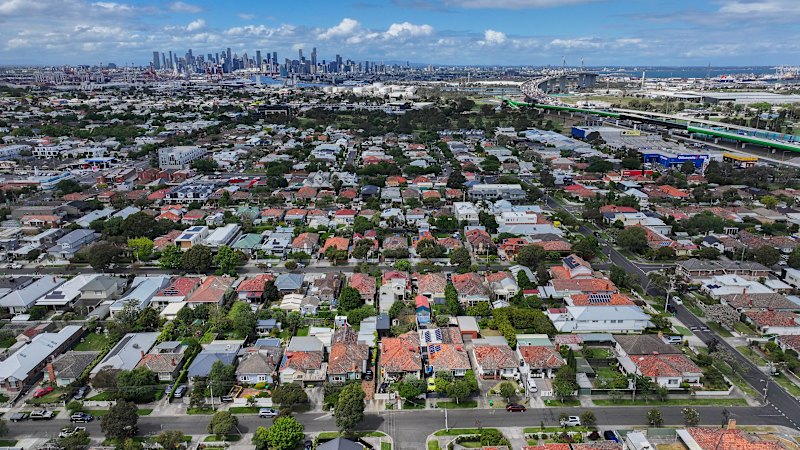The Australian property market is experiencing a significant surge, contributing to heightened consumer confidence and spending as the country approaches the festive season. In October 2023, national dwelling values rose by 1.1 percent, marking the strongest monthly gain since June and bringing the annual growth rate to 6.1 percent. This trend is indicative of a broader economic recovery, with many homeowners feeling increasingly prosperous as property values climb.
A report from the real estate data group Cotality highlights that this upward trajectory in house prices has gained momentum since the first interest rate cut in February 2023. The ASX200 share market index also reflects positive growth, increasing by 7.6 percent over the past six months. This combination of rising house prices and stock market performance is likely to enhance consumer spending as the holiday season approaches.
The benefits of the booming property market, however, are not evenly distributed. While homeowners enjoy heightened wealth, younger generations and those outside the property market may find themselves further disadvantaged. The price growth exacerbates the divide between those who own homes and those who do not. According to Cotality, investor loan growth has surged to 7.3 percent in the year leading up to September, the highest annual growth rate since 2015, further inflating demand and prices.
The perception of wealth, often referred to as the “wealth effect,” plays a crucial role in consumer behavior. Although increasing home values do not directly translate to increased cash flow, they significantly impact how individuals feel about their financial situations. A survey by Westpac reveals that approximately 80 percent of consumers anticipate further increases in house prices over the next year. This optimism likely contributes to enhanced spending on discretionary items.
Data shows that household wealth in Australia has surged by 43 percent since the pandemic began, outpacing the 34 percent increase in household income during the same period. Over the past five years, national house prices have risen by 47 percent. A report from JP Morgan identifies travel, health, and clothing as the primary beneficiaries of this perceived wealth, while expenditures on vehicles and financial services see less impact.
Consumer confidence has shown a notable increase, as indicated by the Westpac–Melbourne Institute Consumer Sentiment Index, which recently recorded its first positive reading since early 2022. Westpac economist Matthew Hassan noted that there are clear signs of a recovery, particularly in consumer demand and the housing market. The easing of concerns regarding international economic threats, such as the China-US trade tensions, has likely contributed to this positive sentiment.
As Australia heads into the Christmas shopping season, the strong performance of the property market is expected to fuel consumer spending. The interplay of rising house values, increased household wealth, and improved economic outlook is creating a conducive environment for retailers and service providers. With six weeks remaining until Christmas, businesses are anticipating a boost in sales driven by this renewed consumer confidence.


































































